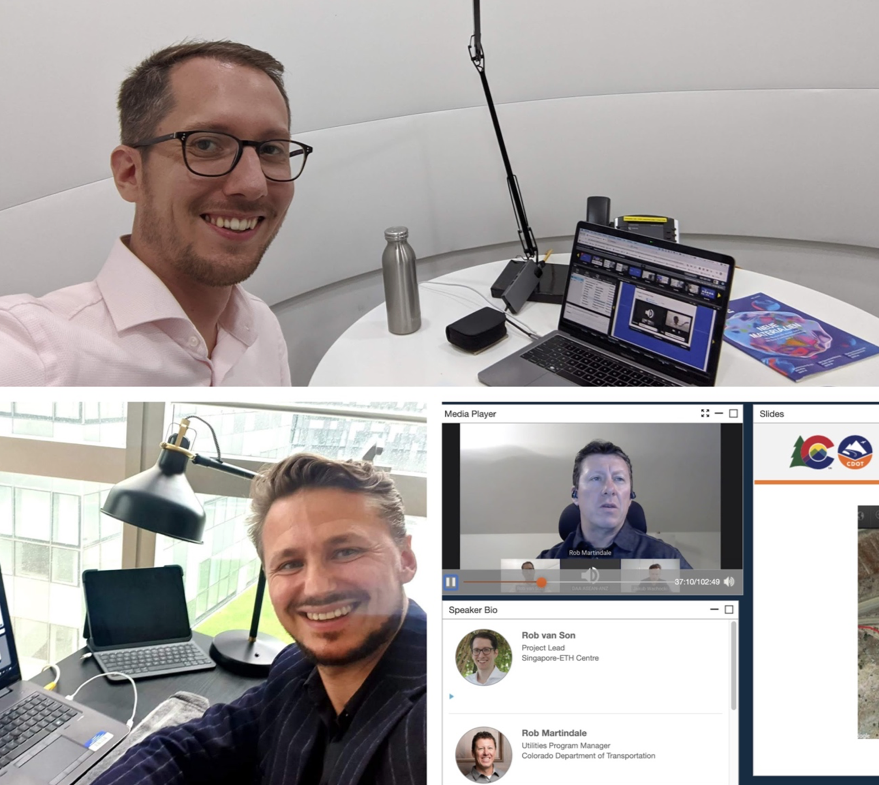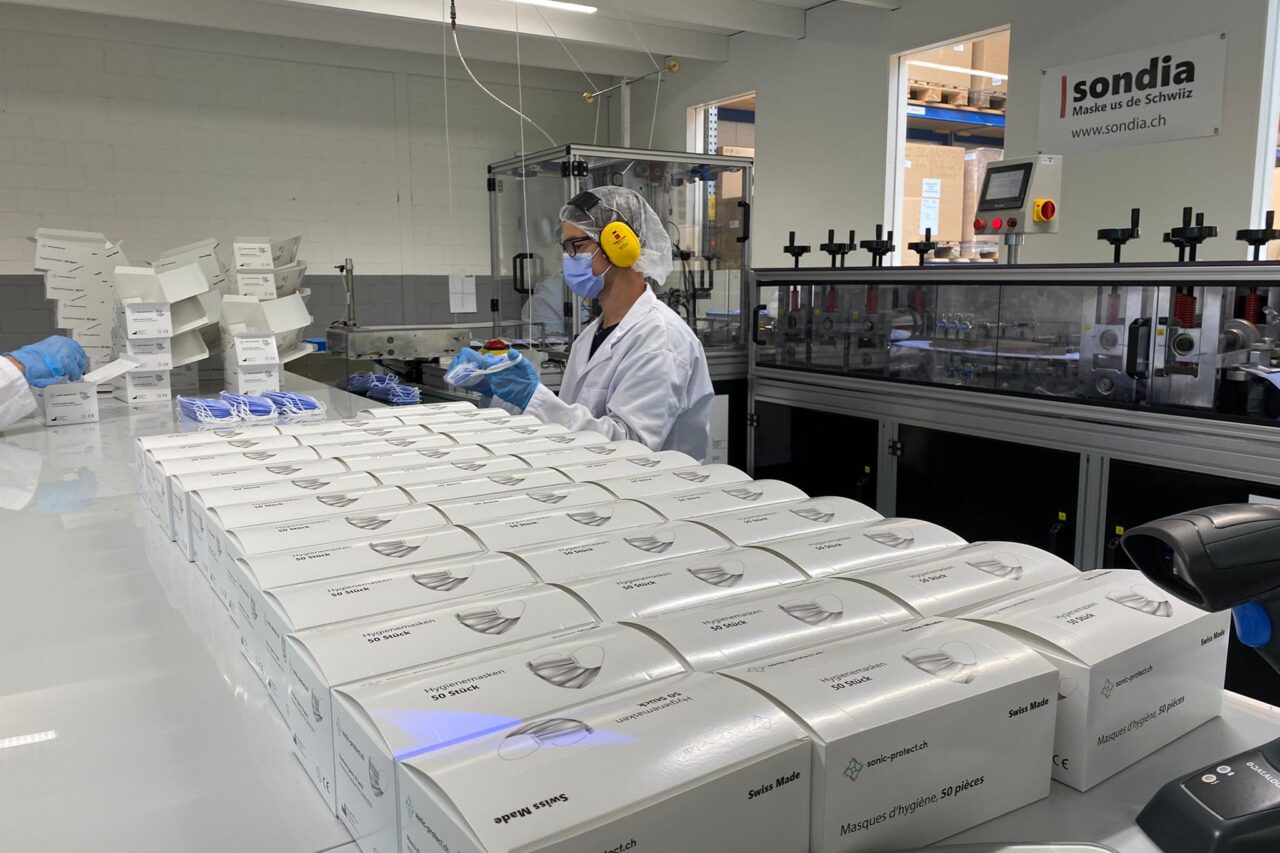This text has been previously published on the SEC WHF news channel.
7 ways to engage your webinar audience
by Rob von Son, project leader of the Digital Underground (DU) project, 11 May 2020
How do you engage your audience who could be miles away or even "invisible"? Rob van Son shares tips on engaging online participants - a skill we need to connect in the new normal.
Many people are still learning to navigate the unfamiliar environment known as the webinar. When you don't get immediate feedback from your audience, you are constantly left wondering. Are they appreciating the content? Is the technical infrastructure still working? Do people understand what you're saying? Did they get your joke? And how do you harvest valuable input for your research?
Since October 2019, we have been running a series of seminars and workshops called Digitial Underground Connect to engage with a growing community of stakeholders of our research on 3D mapping of the underground. These were always in-person events with lots of opportunities for interaction between participants. For our event on 2 April, we were suddenly faced with a new challenge of recreating that “magic” in an all-virtual webinar.
Luckily, webinars can still be engaging! Based on feedback received, I’d say our event went well, with more attendees and a more diverse and global audience than usual. From this experience, here are some tips on making your webinar more engaging:

Du Connect webinar
From top, clockwise: Rob van Son (co-organizer, Singapore-ETH Centre), Rob Martindale (presenter, Colorado Department of Transportation), and Jakub Wachocki (co-organiser, Bentley Digital Advancement Academies) (photo credit: SEC)
From top, clockwise: Rob van Son (co-organizer, Singapore-ETH Centre), Rob Martindale (presenter, Colorado Department of Transportation), and Jakub Wachocki (co-organiser, Bentley Digital Advancement Academies) (photo credit: SEC)
1. Content is key: In the end, it all boils down to curating quality content. Good content is what makes people attend; not-so-good content will make people leave your event early.
2. Actively engage your audience: Release polls, questions, challenging statements to respond to, request feedback, etc.
3. Control the rhythm: A well-designed workshop engages its audience at different levels with a healthy mix of low- and high-energy activities. Don’t push all the interaction to the latter part of the event. Consider putting some before or even during your main content.
4. Be mindful of your audience: Participating in video conferences and meetings requires more energy and focus. Don’t make the event or its sections too long, its interaction too complicated, or questions posed to the audience too difficult.
5. Select the technology that matches your needs: Zoom is great for workshop-style meetings with relatively small audiences. For different purposes and different audiences, other platforms may be better suited.
6. Make sure you're ready: You want to make everything look smooth, so take your time to prepare and coordinate - especially if there are multiple facilitators and presenters involved.
7. Don’t try to be perfect: Rehearse! But manage your expectations. We have yet to find a way to perfectly recreate in-person meetings. But guess what? Most people can empathise and understand that we all need to learn and make mistakes!
2. Actively engage your audience: Release polls, questions, challenging statements to respond to, request feedback, etc.
3. Control the rhythm: A well-designed workshop engages its audience at different levels with a healthy mix of low- and high-energy activities. Don’t push all the interaction to the latter part of the event. Consider putting some before or even during your main content.
4. Be mindful of your audience: Participating in video conferences and meetings requires more energy and focus. Don’t make the event or its sections too long, its interaction too complicated, or questions posed to the audience too difficult.
5. Select the technology that matches your needs: Zoom is great for workshop-style meetings with relatively small audiences. For different purposes and different audiences, other platforms may be better suited.
6. Make sure you're ready: You want to make everything look smooth, so take your time to prepare and coordinate - especially if there are multiple facilitators and presenters involved.
7. Don’t try to be perfect: Rehearse! But manage your expectations. We have yet to find a way to perfectly recreate in-person meetings. But guess what? Most people can empathise and understand that we all need to learn and make mistakes!
I have to admit: Most of these do not only apply to virtual meetings, but to in-person ones too. Nonetheless, in the seemingly inevitable new normal, conducting our sessions as virtual events will be both a necessity and an opportunity. At least until holodecks become a reality!

About the author
Rob van Son is the project leader of the Digital Underground (DU) project, in collaboration with the Singapore Land Authority. He is the co-founder of the DU Connect - a community of practice.
Related Posts
comment
Please activate comment.



